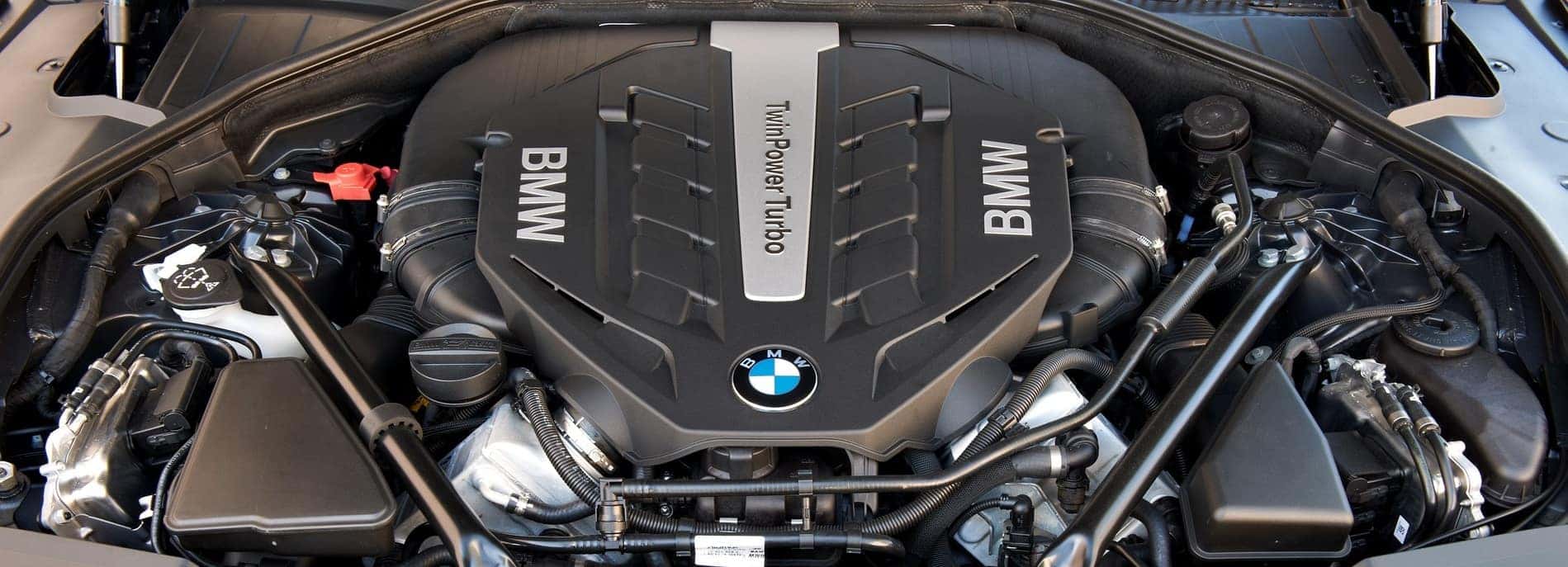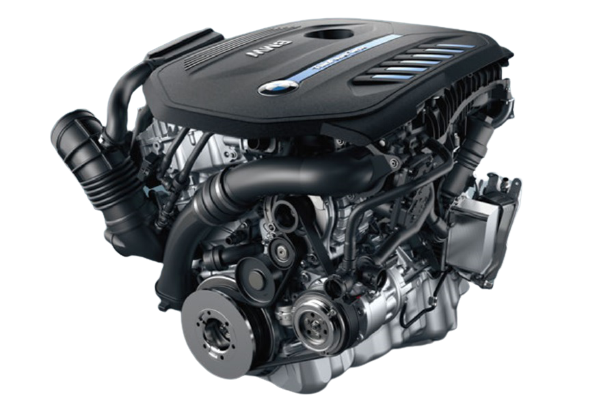Exploring the Development of Combustion Engines in Modern Transportation Systems
As we navigate the landscape of modern-day transport, the evolution of burning engines stands as a testimony to human resourcefulness and engineering prowess. From their modest starts to the innovative powerhouses moving lorries today, combustion engines have undertaken an amazing journey of advancement and adjustment. Recognizing the intricacies of this advancement not only clarifies the past however likewise leads the way for envisioning what lies ahead in the realm of transport innovation. The interplay of history, innovation, and environmental issues in shaping the trajectory of burning engines produces a story that is both insightful and engaging.
Very Early Beginnings of Combustion Engines
Exactly how did the idea of combustion engines very first emerge in the very early phases of transport advancement? The roots of combustion engines can be mapped back to the 17th century when the principles of inner burning were initial explored. In 1673, Christian Huygens conceived a fundamental inner burning engine that used gunpowder to produce power. However, it wasn't till the late 19th century that sensible applications of burning engines in transport began to emerge.
The innovation moment included the invention of the very first successful gasoline-powered engine by Karl Benz in 1885 - bmw engine. This engine led the way for the development of the contemporary vehicle, changing transportation systems worldwide. Subsequent innovations by Nikolaus Otto and Gottlieb Daimler better improved combustion engine technology, causing the automation of autos and the rapid expansion of the transport industry
These early combustion engines were characterized by their simplicity and performance, laying the structure for the complicated and powerful engines made use of in modern-day transport systems. The development of combustion engines has actually contributed fit the method we travel and carry items, noting a significant milestone in the background of transportation development.
Change to Internal Burning Technology
The change to inner combustion technology noted a critical shift in the development of transportation systems. This change began in the late 19th century, with developers like Nikolaus Otto and Gottlieb Daimler establishing the initial successful inner combustion engines. These engines revolutionized transport by providing a much more reliable and powerful choice to heavy steam engines and electric motors.
Among the vital advantages of inner combustion engines was their capacity to be reduced to suit automobiles, leading to the growth of autos and motorcycles. This change from bulky, fixed engines to portable, mobile ones paved the way for the modern-day transport systems we see today.
The transition to internal combustion modern technology additionally stimulated advancements in fuel innovation, resulting in the growth of fuel and diesel as key fuel sources for automobiles. This shift not only made transportation a lot more easily accessible to the masses yet also laid the structure for the oil and gas market to end up being important to worldwide economic situations.
Impact of Combustion Engines on Transport
The fostering of combustion engines in transportation systems catalyzed a profound change in the effectiveness and rate of international mobility. Burning engines revolutionized transportation by giving a versatile and reputable resource of power for numerous automobiles, consisting of automobiles, ships, aircrafts, and trucks. This innovation substantially boosted the ability for goods and people to conform cross countries in shorter period, resulting in raised connection between regions and nations.
In addition, the prevalent usage of combustion engines has actually had a considerable influence on financial growth. The capability to deliver goods effectively has actually spurred trade and business, allowing services to increase their markets and reach consumers worldwide. This has helped with economic growth and globalization, as items can currently be delivered quicker and in larger amounts than in the past.
Nonetheless, the environmental effect of combustion engines can not be forgotten. The burning of fossil gas has actually led to air pollution and greenhouse gas exhausts, contributing to environment adjustment and presenting health and wellness risks to populations. bmw engine. Because of this, you can try here there is an expanding focus on developing alternate propulsion modern technologies to mitigate these unfavorable results and create a more sustainable future for transportation
Innovations in Burning Engine Style
One noteworthy innovation is the growth of turbocharged engines, which use exhaust gases to drive a generator that presses inbound air, enabling for even more fuel to be burned, resulting in boosted power outcome without a significant increase in engine dimension. Variable valve timing systems have actually also changed engine layout by enhancing airflow at various engine rates, improving both power and performance. These advancements jointly contribute to the continual improvement of combustion engines in contemporary transport systems.
Future Patterns in Burning Engine Growth
With technology improvements driving constant development, the future of combustion engine advancement is poised to transform transportation systems internationally. One of the crucial patterns in combustion engine advancement is the press in the direction of greater effectiveness and reduced emissions.
Another noticeable fad is the fostering of hybrid innovations in burning engines. Hybrid engines combine traditional combustion technology with electrical power, using boosted gas efficiency and lower discharges. As the automotive sector shifts towards electrification, hybrid burning engines are viewed as a transitional remedy that connects the space in between conventional cars and totally electric ones.
In addition, the combination of wise modern technologies, such as man-made knowledge and information analytics, is expected to play a significant role in the future of combustion engine advancement. These technologies can maximize engine efficiency in real-time, bring about extra efficient combustion procedures and enhanced overall car performance. Welcoming these future fads will not only drive innovation in burning engine advancement however likewise contribute to a more sustainable and eco-friendly transport environment.

Final Thought
In conclusion, the development of combustion engines in contemporary transport systems has actually been noted by considerable improvements in modern technology and layout. From the very early beginnings of combustion engines to the change to inner burning technology, these engines have had a profound effect on transport. Advancements in burning engine layout remain to drive progression in this field, with future patterns concentrating on more boosting performance and decreasing exhausts. The future of combustion engines in transportation looks promising as study and growth initiatives continue to push boundaries. see
The roots of burning engines can be traced back to the 17th century when the concepts of inner burning were initial checked out. These engines transformed transportation by supplying a much more effective and effective option to vapor engines and electrical motors.
